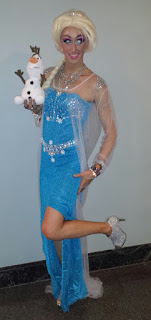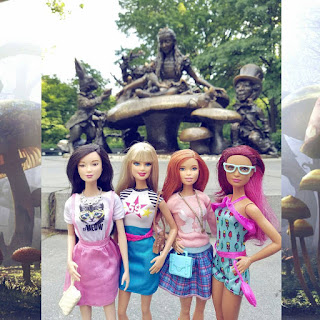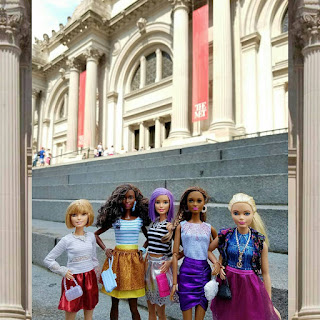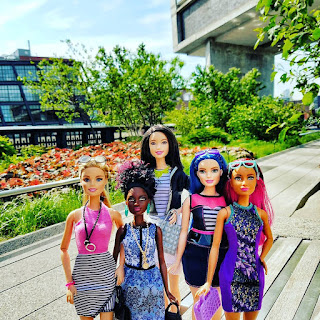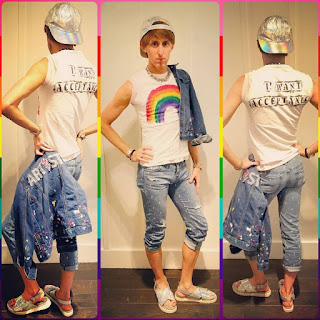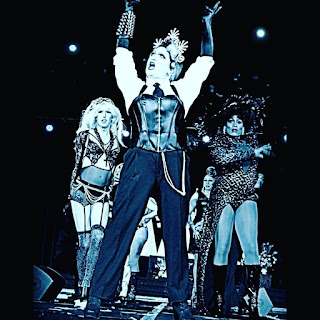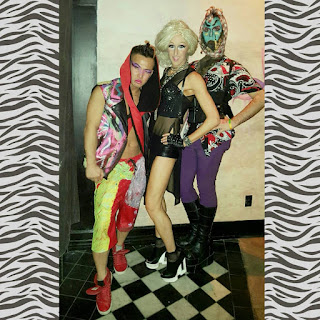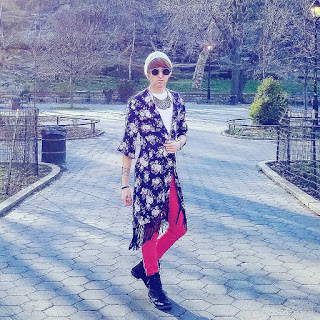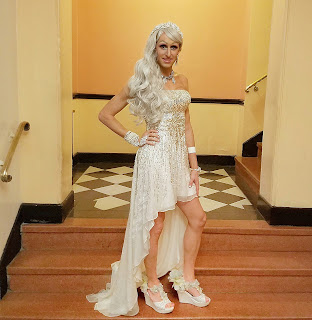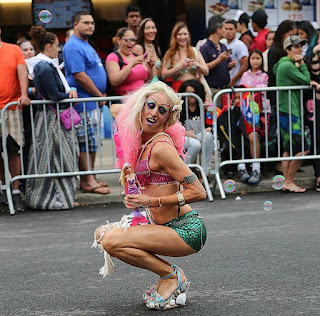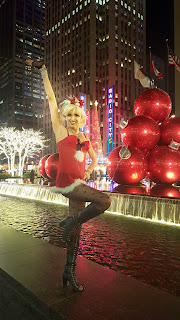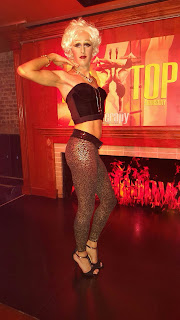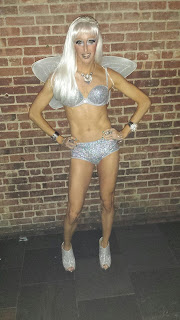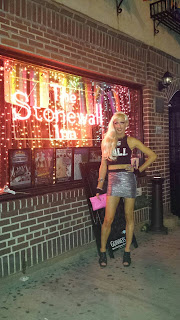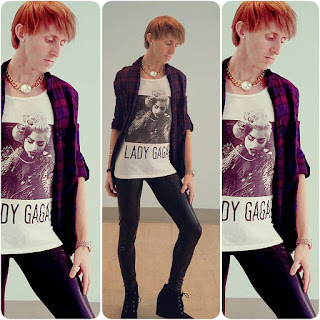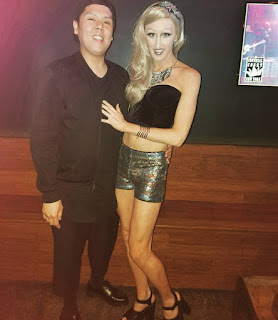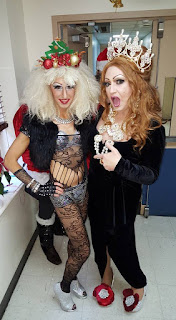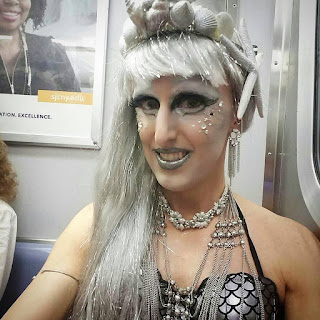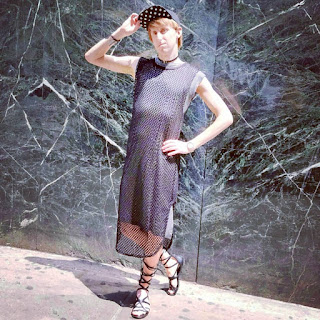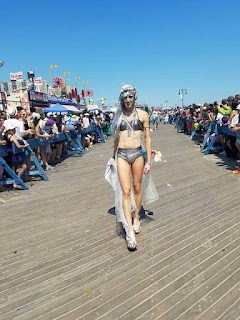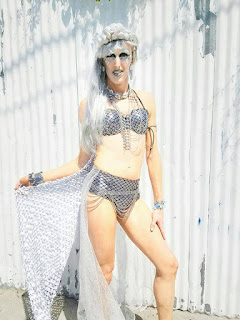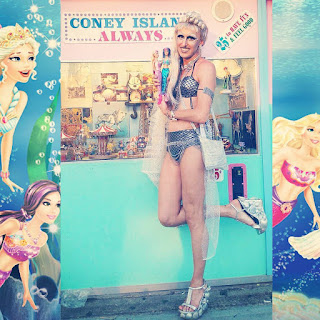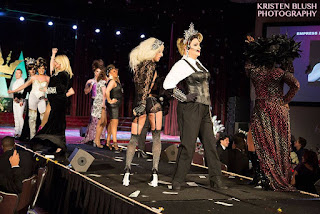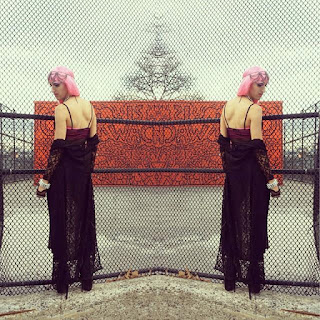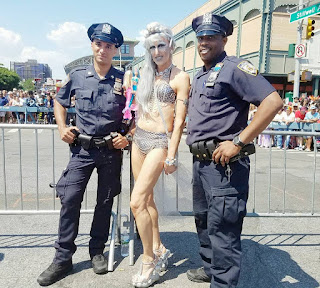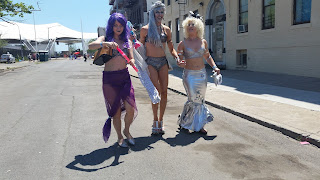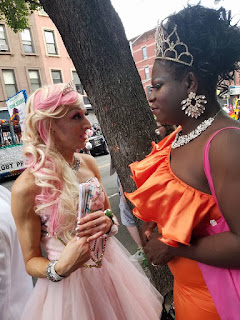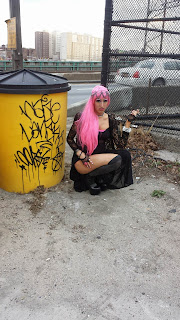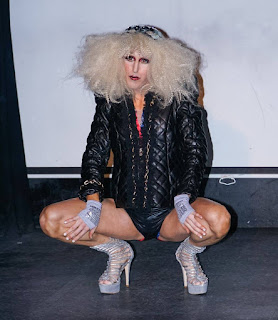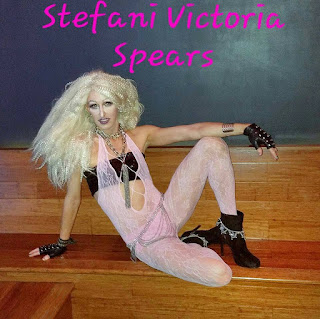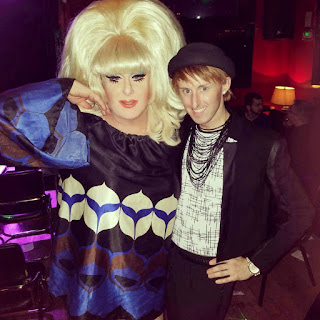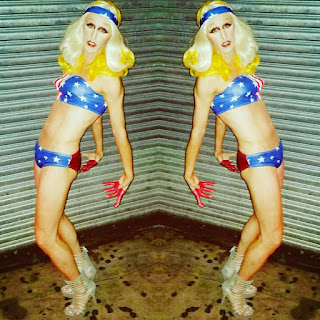Categories
A conversation with Sal Virelli about the creation and development of Villinda Vile.
Sal is a horror drag performer from Michigan and is 19 years old and is a polished entertainer and a rising star in the drag community. He created Villinda and other drag personas, as well as creating clothing of his own design and acting in community theater.
Sal describes a dark past with which he used to build and embellish the characters Linda and Villinda. Born and raised in Michigan Sal has explored community theater, sewing and fashion.
Timothy French is a dancer, choreographer, and fashion merchandiser out of New York City whose drag persona is Stefani Victoria Spears.
Drag Persona Origins


Influences - External and Internal
Looking to the Future
To keep up to date with everything that Timothy is working on, follow him on Facebook, Instagram, and Twitter at poshtwinkboi. Be sure to follow Harry and Austin on Twitter at @hhawk and @rainbowsquirtle, respectively. And be sure to follow Talking About Everything and The Draggedy Project on Stitcher Radio and iTunes! Keep checking back to draggedy.com for more episodes, pictures of gender performers, and links to more information about the artists we cover.
More images of Timothy & Stefani
Harry’s and Austin’s first conversation about the scope of The Draggedy Project.
They discuss the differences between how drag is most generally portrayed in mainstream media and the radical possibilities which drag presents. The conversation also focuses on some of the evolutions of drag as an art form, including its movement from small-scale performances at gay clubs to wider audiences in theatres and mainstream media, such as RuPaul’s Drag Race.
The Power of Drag
Harry and Austin start their discussion by talking about the possibilities of drag, especially in how drag is able to comment on several different social issues apart from just gender. Austin believes that drag is able to explore all kinds of themes, including what it means to have a national identity, what it means to grow older, and what it means to be human in general.
Word Choice
Harry and Austin then discuss some of the terminology used in the world of drag, debating the terminology of “drag” between “gender artistry” or “gender performance,” and the politics of using such terminology within circles of gender performers.
Learning about Drag
After discussing some of the current trends in the drag scene, Harry and Austin each discuss the first time they were fully aware of the art of gender performance. First drag or gender performance experiences are almost always memorable, and there is no difference for the first drag memories of Harry and Austin. Sharing these memories leads to a discussion on the history of drag, from far-away history to more modern media history.
Trends in Drag
The conversation then turns back to more modern trends in the world of gender performance, focusing on different types of gender portrayals—between ultra-glamorous looks to everyday, exceptionally mundane looks. This turns to a discussion of the binary between the authentic and the inauthentic—can authenticity truly be achieved when using seemingly inauthentic means such as make-up, padding, and clothing choices?
The conversation closes with a discussion of what The Draggedy Project entails—a discussion with gender performers about what their intentions are in their gender performances, the origins of their performance personas, and how the culture of gender performance interacts with the culture in which we live today.
Thanks
Be sure to follow Harry and Austin on Twitter at @hhawk and @rainbowsquirtle, respectively. And be sure to follow Talking About Everything and The Draggedy Project on Stitcher Radio and iTunes! Keep checking back to www.draggedy.com for more episodes, pictures of gender performers, and links to more information about the artists we cover.
Austin writes: These performances come at a time influenced by video-sharing sites such as YouTube and the social graph in which performance itself has become elevated and idealized. This idealized form of performance also involves a high level of authenticity, which has become necessary for the popularization of any performer in today’s digital age. The gender performer has a unique role in this phenomenon, in that they both posses a high level of performance quality and are authentic in their self-expression, despite the assertion that gender performance is an attempt to “imitate.”
[Our] conversations shall focus not only on their performance choices and how such choices reflect public ideology surrounding gender, but also on how such choices reflect ideas surrounding other social constructions. These conversations will also attempt to investigate how the personal lives of gender performers, as well as the culture of our time, interact to create the final performance as presented to an audience.


